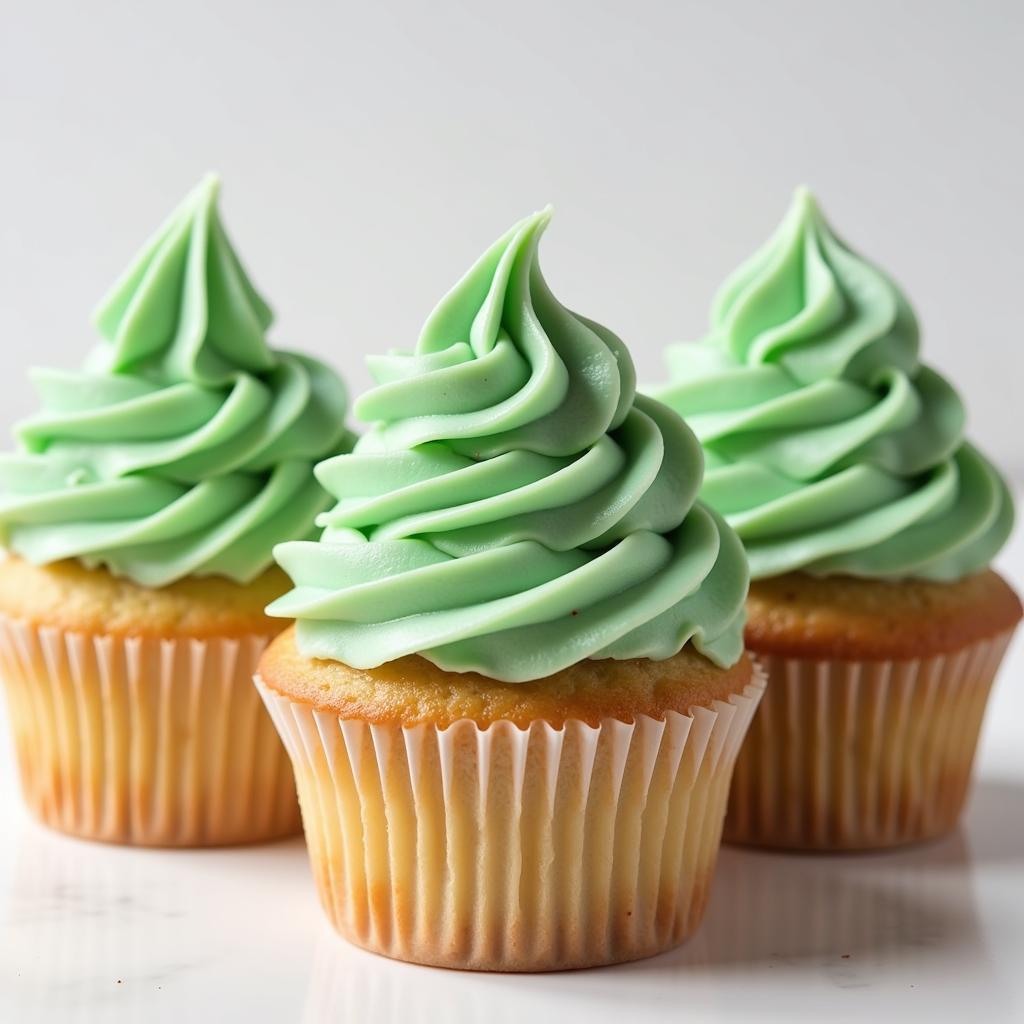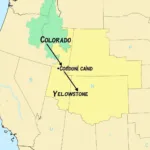Looking to add a touch of earthy elegance to your culinary creations? Learning How To Make Sage Green With Food Coloring opens up a world of possibilities, from frosting delicate cakes to dyeing rice for sensory play. Whether you’re a seasoned baker or a crafty parent, this guide will equip you with the knowledge to achieve that perfect shade of sage green.
Understanding the Basics of Color Mixing
Before diving into the world of sage green, it’s helpful to grasp the fundamentals of color mixing. Sage green falls under the green color family, but its muted, grayish undertones set it apart. To create this nuanced hue, we need to understand which primary colors to combine.
Primary Colors: The Building Blocks of Sage Green
- Blue: The foundation of our sage green journey.
- Yellow: A touch of yellow will help us transition from blue to green.
Crafting the Perfect Sage Green with Food Coloring
Now that we have our primary colors, let’s create that coveted sage green:
- Start with Blue: Begin with a small amount of blue food coloring. Remember, it’s easier to add color gradually than to correct an overly saturated shade.
- Introduce Yellow: Slowly incorporate a tiny drop of yellow food coloring. The ratio of blue to yellow will determine the final shade of sage green. For a more muted tone, use less yellow.
- Mix Thoroughly: Stir the colors together diligently until you achieve a smooth, consistent shade of sage green.
- Test and Adjust: Before applying your newly created sage green, test it on a small portion of your chosen medium. This could be a dollop of frosting or a few grains of rice. Adjust the color by adding more blue or yellow as needed.
Tips for Success
- Gel Food Coloring: Opt for gel food coloring for more concentrated pigments and vibrant results.
- White Base: Using a white base, such as white frosting or plain rice, will ensure the sage green color shines through beautifully.
- Patience is Key: Achieving the perfect shade may take a few tries. Don’t be afraid to experiment and adjust the color ratios.
Frequently Asked Questions
Can I use natural food coloring to make sage green?
While natural food colorings offer a healthier alternative, achieving a true sage green might be challenging. Spinach or spirulina can yield greenish hues, but they may not provide the desired grayish undertones.
Does the brand of food coloring affect the outcome?
Yes, different brands may have varying levels of pigment concentration. It’s always a good idea to test the color on a small sample first.
What can I do if my sage green turns out too dark?
If your sage green appears too dark, you can try adding a small amount of white food coloring or a white base ingredient to lighten the shade.
 Perfectly Frosted Cupcakes
Perfectly Frosted Cupcakes
Need a Hand with Your Next Colorful Creation?
At Color Box Hanoi, we’re passionate about helping you bring your vibrant visions to life. Whether you’re looking for expert advice on color mixing or seeking inspiration for your next project, our team of color specialists is just a call away. Contact us at 0373298888 or email us at [email protected]. Let’s paint your world together!
